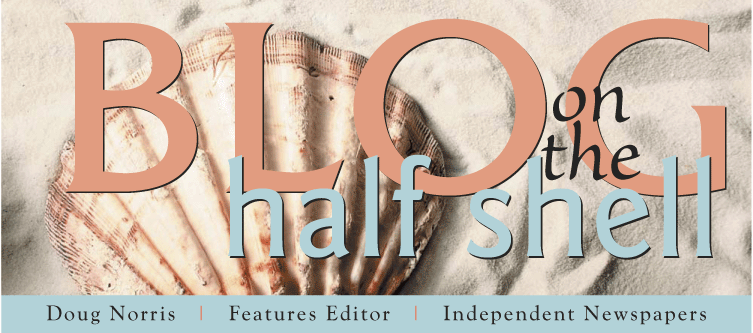Last year, life imitated toy as bicyclists in the Netherlands created a 1,000-kilometer long bike tour called the “PieperPad” (Potato Trail), donning potato costumes to ride the route designed to get people “out into the countryside and enjoy potatoes, a well loved Dutch staple, in a totally new way.” And as part of the new economic reality, Starbucks began using Mr. Potato Head as a model for the benefits of efficiency, requiring its managers to reassemble and box a Mr. Potato Head toy during training sessions.
But the growing Potato Head dynasty has found even more fertile ground in 2010, threatening to overtake “size of Rhode Island” in the media barrage of Ocean State references. The British press has routinely taken to calling England footballer Wayne Rooney as “Mr. Potato Head.” Most recently, Rod Liddle wrote in The Sunday Times: “So, a nation heaves a sigh of relief. After all that worry, Mr. Potato Head is back in the ample, if recently sagging, bosom of Manchester United.”
Earlier this spring, Mr. Potato Head joined Barbie in a group art exhibition – “Bodies Unbound: The Classical and Grotesque” at the Johnson Museum at Cornell. As reported in the Cornell Chronicle:
Elizabeth Emrich, curatorial assistant at the museum, believes the show’s success stems partly from the wide range of objects on display. Hasbro Inc.’s Mr. Potato Head, for example, demonstrates the potential for amusement in manipulating and distorting the human form and shows that children’s toys can find a place in art.
This summer, Birmingham, Ala., hosted “The Adventures of Mr. Potato Head” at the McWane Science Center, highlighted by a collection of Mr. Potato Head memorabilia from Birmingham’s own Dennis Martin. Matt Cuthbert at al.com writes:
…one kiosk ties it all together, and it suddenly makes sense. Kids are asked “What’s ahead for you?” And given the opportunity to place themselves in the role of several different careers – from gardener to astronaut. And that’s what Mr. Potato Head has always been about. You can make him into anything you want…His theme isn’t just imagination, but the opportunity to be and do anything. At one station, kids get the opportunity to exercise those imaginations and play with a huge tray full of Mr. Potato Head parts. Go ahead and give him princess shoes and a construction worker’s hat. Plug arms into his nose and mouth holes. He won’t mind – he’s been through worse (just see “Toy Story 3”).
Speaking of which, Mr. Potato Head excelled once again as a supporting actor in the third installment of the “Toy Story” trilogy, one of the best movies of the year, leading Ty Burr of The Boston Globe to comment: “‘Toy Story 3’ hits a high point of comic surrealism when Mr. Potato Head is forced to reinvent himself as Mr. Pita Bread Head – it’s harder than it looks, especially when a pigeon turns up…”
Also this summer, the Elvis Estate in Graceland teamed up with Hasbro to create Elvis Potato Heads. The first figure, timed to be released for Elvis Tribute Week in August, featured Elvis in a jumpsuit. The second figure, Elvis in black leather, will be available for Christmas.
Residents of San Francisco also made Potato Head news this year when some of them discovered a Mr. Potato Head staring back at them from newly issued blue recycling bins scattered throughout the city. According to writer Joe Eskenazi of SF Weekly:
The concept is simple: Mr. Potato Head would be more appropriately named Mr. Plastic, of which he is entirely crafted – and, short of plastic wrap or plastic bags, any sort of plastic is acceptable in a blue bin. But city residents don’t see bits of plastic when they glimpse Mr. Potato Head. They see vestiges of their childhood. And then they get angry.
Mark Westlund, a spokesman for the city’s Department of the Environment, confirmed that it will be removing Mr. Potato Head from future printed materials as soon as possible. Quite simply, San Franciscans have been too emotionally affected by the sight of Mr. Potato Head to absorb the intended message of placing him alongside detergent bottles, disposable cups, and other plastic items. As a result, the city has received a number of indignant phone calls. “They say, ‘That’s Mr. Potato Head! You can’t throw him away! You’ve gotta give him to the neighbor kids.!” Westlund says. “People identify with him so much.”
What does the future hold for Mr. Potato Head? Steam punk and robots, apparently.
Which leaves us with this week’s question: What explains the enduring popularity of Mr. Potato Head?

